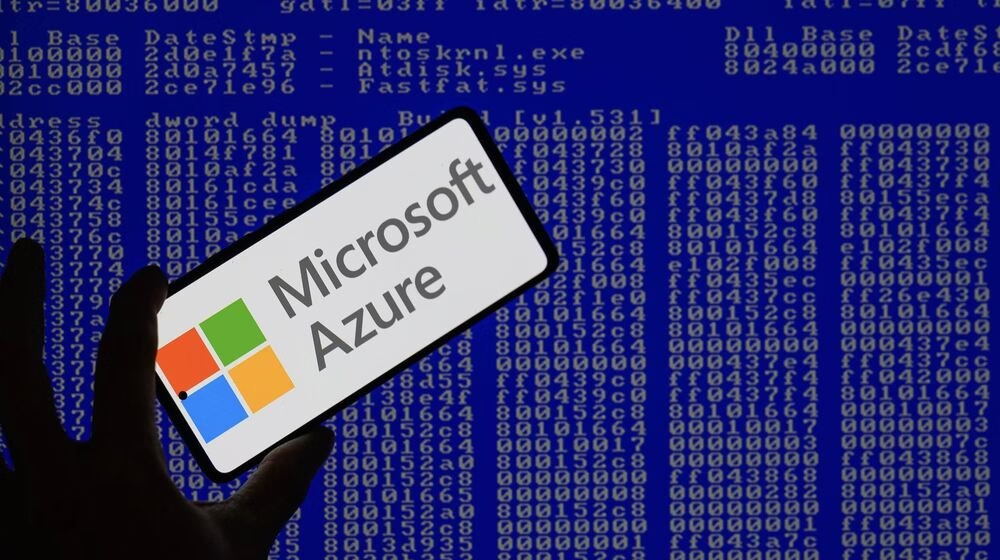In a major cybersecurity milestone, Azure DDoS Protection successfully mitigated what Microsoft has confirmed as the largest cloud-based distributed denial-of-service (DDoS) attack in history. The unprecedented incident occurred on October 24, 2025, when Azure detected a massive multi-vector assault peaking at 15.72 Tbps and nearly 3.64 billion packets per second. The attack targeted a single public endpoint in Australia, yet Azure infrastructure remained stable, demonstrating the growing importance of robust cloud security.
A Record-Breaking Attack and a Critical Test
The October 2025 attack represents a new threshold in the evolution of DDoS campaigns. According to Microsoft’s threat analysis report, the attack originated from the Aisuru botnet—an advanced Turbo Mirai variant composed of compromised home routers and internet-connected cameras. With more than 500,000 IP addresses participating, the botnet launched enormous UDP floods with minimal packet spoofing and randomized source ports.
For defenders, this was both a challenge and an opportunity. The scale tested the full capabilities of Azure DDoS Protection, and the system responded exactly as designed. Microsoft confirmed that services remained accessible throughout the attack, thanks to Azure’s global distributed filtering platform, which absorbed and isolated malicious traffic without affecting legitimate workloads.
How Azure DDoS Protection Neutralized the Threat
What makes this record-breaking incident significant is the efficiency with which Azure handled it. The attack used multiple vectors, overwhelming volume, and rapid fluctuation patterns—all common among modern, sophisticated DDoS campaigns. However, Azure DDoS Protection leveraged global scrubbing centers, automated traffic profiling, and AI-powered filtering algorithms to separate real traffic from malicious volumes.
This incident highlights the growing reliance on cloud-native defense systems. Traditional on-premises tools cannot scale to absorb attacks of this magnitude. Cloud providers, on the other hand, use distributed networks capable of filtering tens of terabits of traffic, making them better equipped to handle massive global threats.
The Aisuru Botnet Shows the Future of Cyber Threats
Security researchers observing the attack noted that the Aisuru botnet reflects a shifting landscape in cybercrime. Today’s DDoS networks are no longer limited to hijacked computers—they increasingly rely on powerful IoT devices. As homes adopt gigabit internet and high-speed fiber connections, compromised routers and smart cameras offer attackers unprecedented bandwidth.
This means even a small number of infected devices can generate extraordinary volumes of attack traffic. The 15.72 Tbps assault prevented by Azure DDoS Protection underscores how rapidly DDoS capabilities are evolving and how easily attackers can scale operations.
Why Cloud-Based Defense Is Becoming Essential
The record-breaking attack also raises larger questions about global cybersecurity readiness. Many organizations still depend on outdated firewalls or rely solely on internet service providers to block malicious traffic. However, modern attacks completely overwhelm local infrastructure within seconds.
Microsoft emphasized that Azure DDoS Protection is designed to defend against precisely these kinds of threats. Its automated mitigation begins the moment abnormal spikes are detected, something traditional systems cannot do fast enough. With global attack sizes increasing every year, cloud-based solutions are becoming the industry standard for resilience.
Holiday Season Warning: DDoS Activity Usually Spikes
Microsoft has also issued a broad advisory to businesses and IT teams, warning that the holiday period tends to see a surge in DDoS attacks. This trend has persisted for years, as cybercriminals attempt to disrupt online services during peak retail and financial activity.
With the rise of massive IoT-powered botnets, organizations need to reassess their exposure. Microsoft’s guidance includes:
- Ensuring all internet-facing applications are behind cloud DDoS protection
- Reviewing incident response plans
- Implementing traffic rate limits
- Using modern load balancers and content delivery networks
- Monitoring for unusual bandwidth spikes
The record-breaking attack showed that without systems like Azure DDoS Protection, many organizations would be vulnerable to crippling outages.
A Wake-Up Call for Global Cybersecurity
The October 2025 attack will likely be remembered not just for its scale but for what it reveals about the future. The threat landscape is shifting, attacks are growing exponentially, and traditional defenses are becoming obsolete. Cloud-native protection, AI-driven detection, and globally distributed infrastructures are now essential components of modern cybersecurity strategy.
As Microsoft continues to refine Azure’s security capabilities, this historic incident serves as a reminder that the threats of tomorrow require equally advanced defenses. And for now, Azure DDoS Protection has proven it is ready for the challenge.



